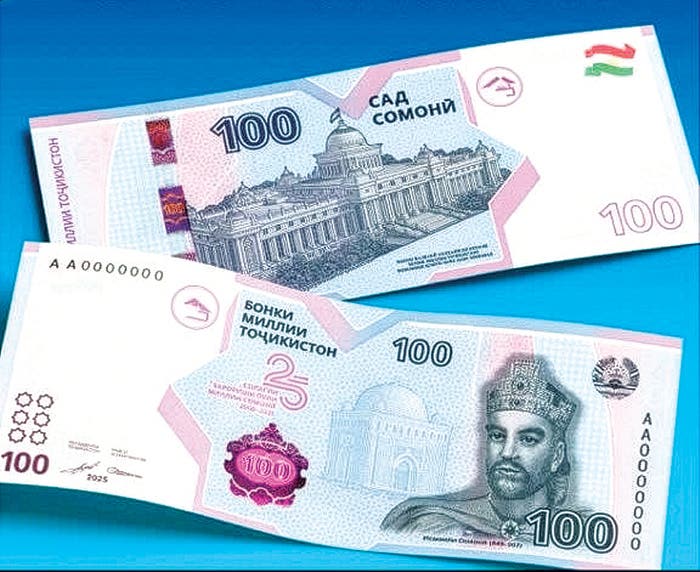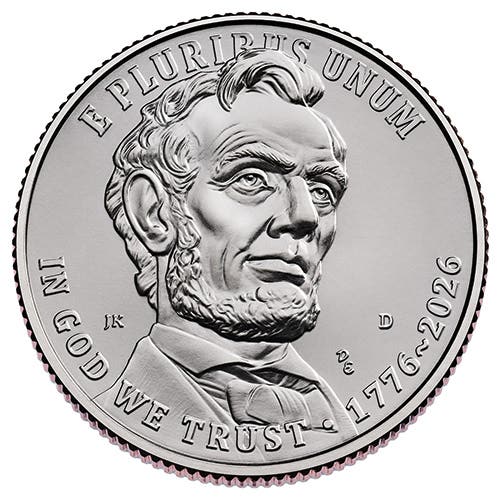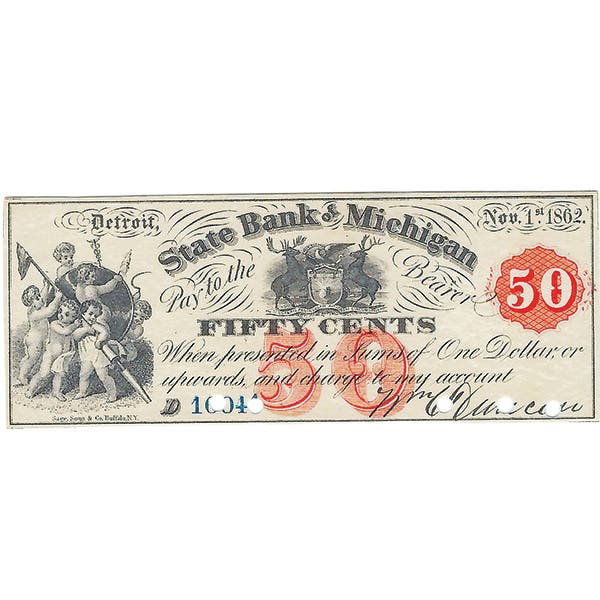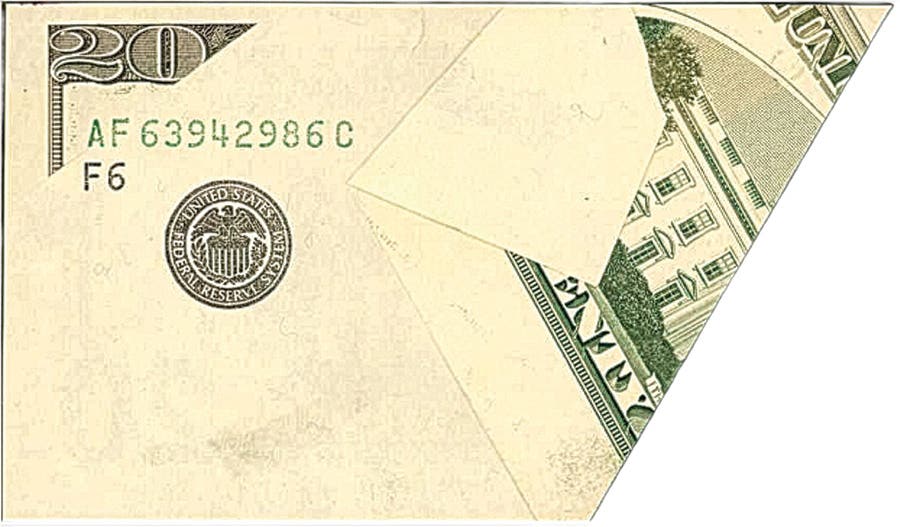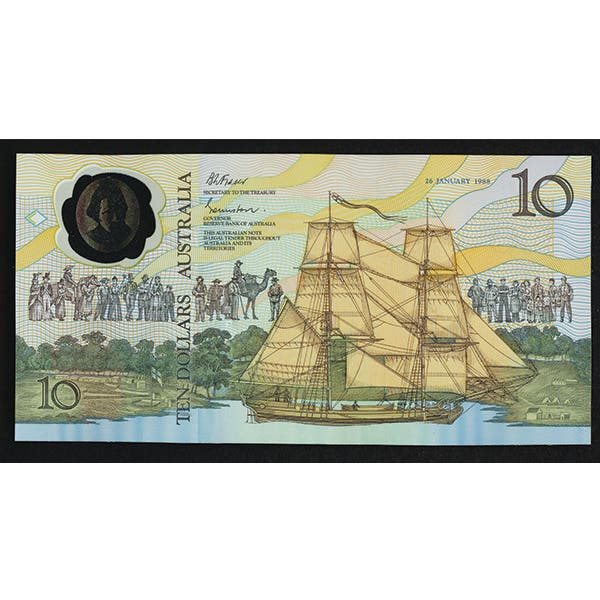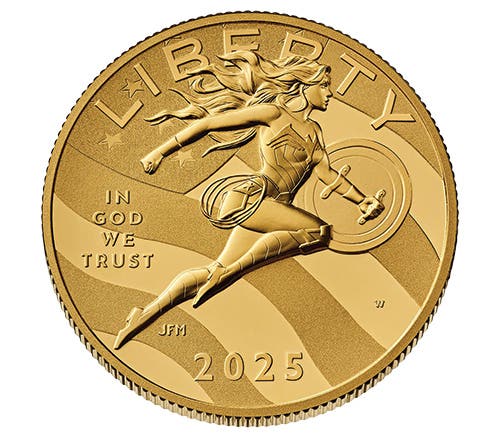Market Spikes with Sought-After Notes
Surprises abound in Heritage Long Beach Auction.
The Long Beach Auction had a great many surprises. The LaCrosse 1875 Lazy Two in PMG 65 sold a year or two ago for $25,000. It had sold previously for $23,000, so I felt this was a good high figure in our price guide, as that LaCrosse note is the most common Lazy Two with about 52 known specimens. At Long Beach, one in PMG 65 sold for $52,800. Was this a slugfest between two serious collectors or an indication of how expensive our notes are becoming? I am glad I bought my LaCrosse Lazy Two in VF at a Hickman/Oaks auction at Memphis in 1989 or 1990 for $650. It’s worth probably $3,500 to $4,000 now but is a 65 now worth over $50,000? Another note that interested me was a Very Fine $20 Continental from 1775, the one Ben Franklin purchased the polychromed paper for. It is an apparent 25 with repairs, but it found a home for $7,200. A $5 Gold Bank from the First National Bank of San Francisco realized 14,400 in a forty grade. A 1929 number 1 note from Coeur D’Alene in PMG 64 sold for $5,520. Normally number 1 notes bring about $1,500 to $2,000, but Idaho notes are a little better. More expected price increases came in the high denominations. A 1934 $5,000 note in PCGS 64 reached $300,000, and a $10,000 light green seal note from the 1934 series made it almost to half a million at $400,000.
The Platinum Night high denominations were all strong, while the regular auction specimens were a bit soft. In 1928 Gold notes a PCGS $100 example in a 61 Grade brought $7,200, a PMG $500 in 30 Grade realized $13,200, and a $1,000 example came in at $34,000.
You may also like: A 1934 $10,000 Bill Sells for $480,000 at Heritage's $415.5 Million Long Beach Expo Numismatic Event
On the World War II front, a North Africa sheet of the FC variety in PCGS 65 scored $15,000. A PMG 66 $1 North Africa star realized $4,560. From Hawaii, a $20 Fr2305* in 63, one of only three of these notes in uncirculated condition, commanded a winning bid of $8,700. The popular 1933 Silver Ten in PMG 25 retailed for $7,800.
A perfect PMG 70 on a $1 1957 Silver certificate went for $5,400. The 1957 group of Silver Certificates is your best bet to find a 70-graded note. Check the registry on your 1957 and ‘57A, and B for the perfect registry set that will get you a 70. Continuing with $1 notes, the 1928 Legal Tender in PMG 30 realized $4,320. In Federal Reserve Small Size, a scarce 1928A Minneapolis in PMG 64 made $14,400. These 1928A notes displayed the 9 instead of an A that was to be used from then on for district identity. In 1914 when FRNs were introduced in Large size, the Letter I and the numeral 9 were used to label FRNs for the Minneapolis district. In 1928 they went with the numerals for the various districts. Then, for the 1928B series, they went with the alphabet. No notes with 9 above the $10 value were produced in the 28A series. The $50 and $100 1928A notes carried the letter I. All the 28A numerical notes are scarce, probably because they had decided to go numerical. I remain at billbrandimore@charter.net




